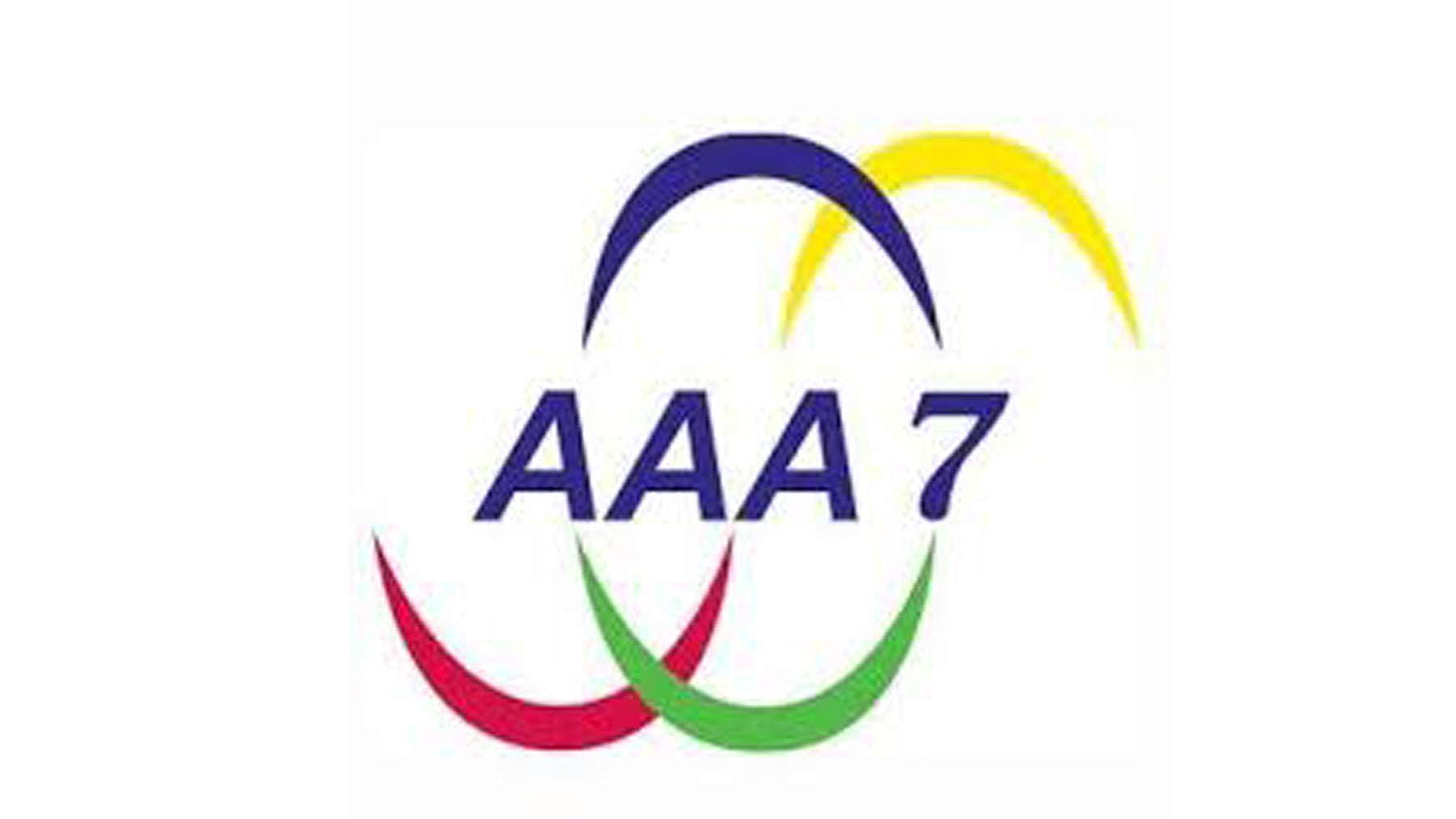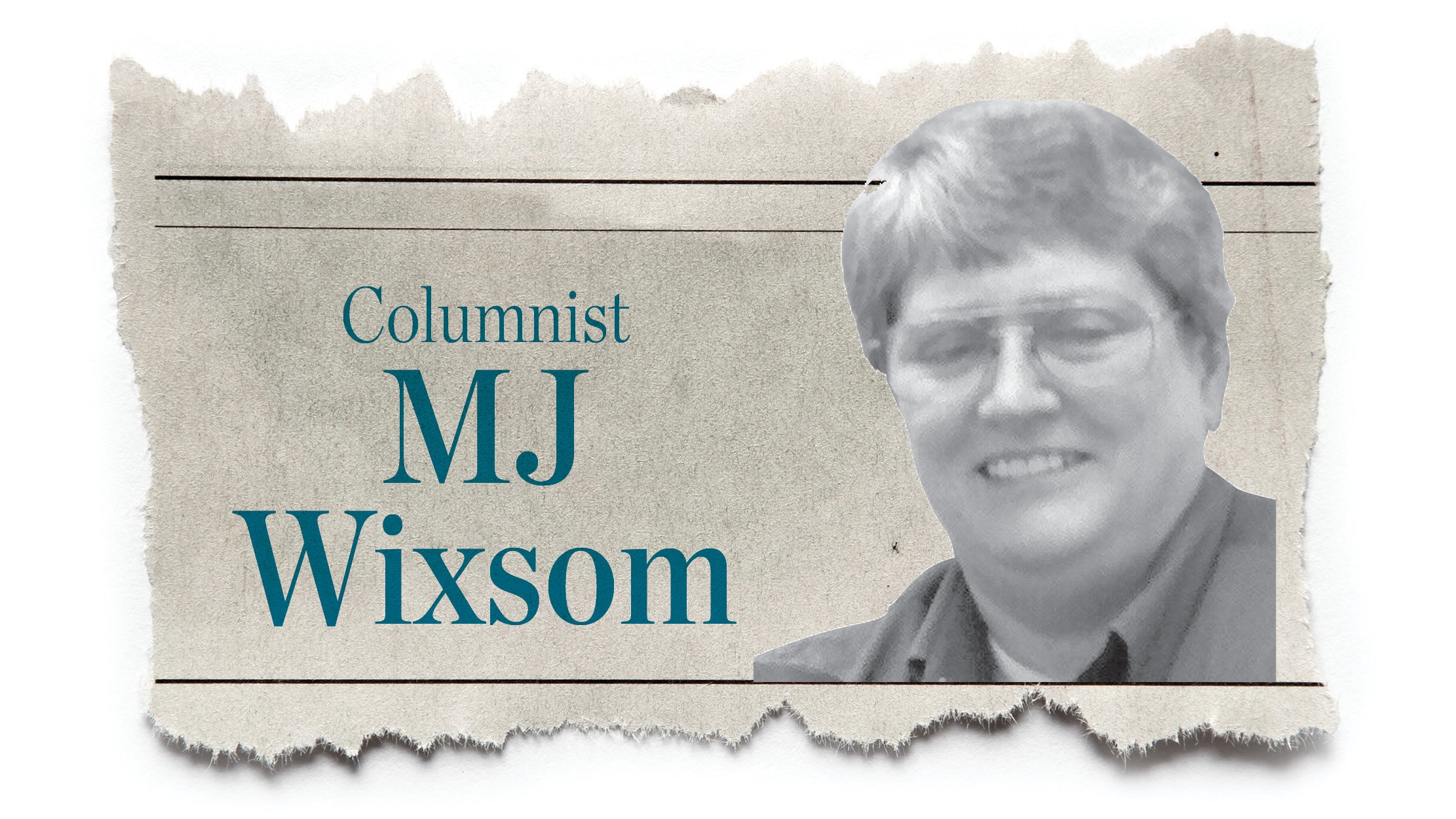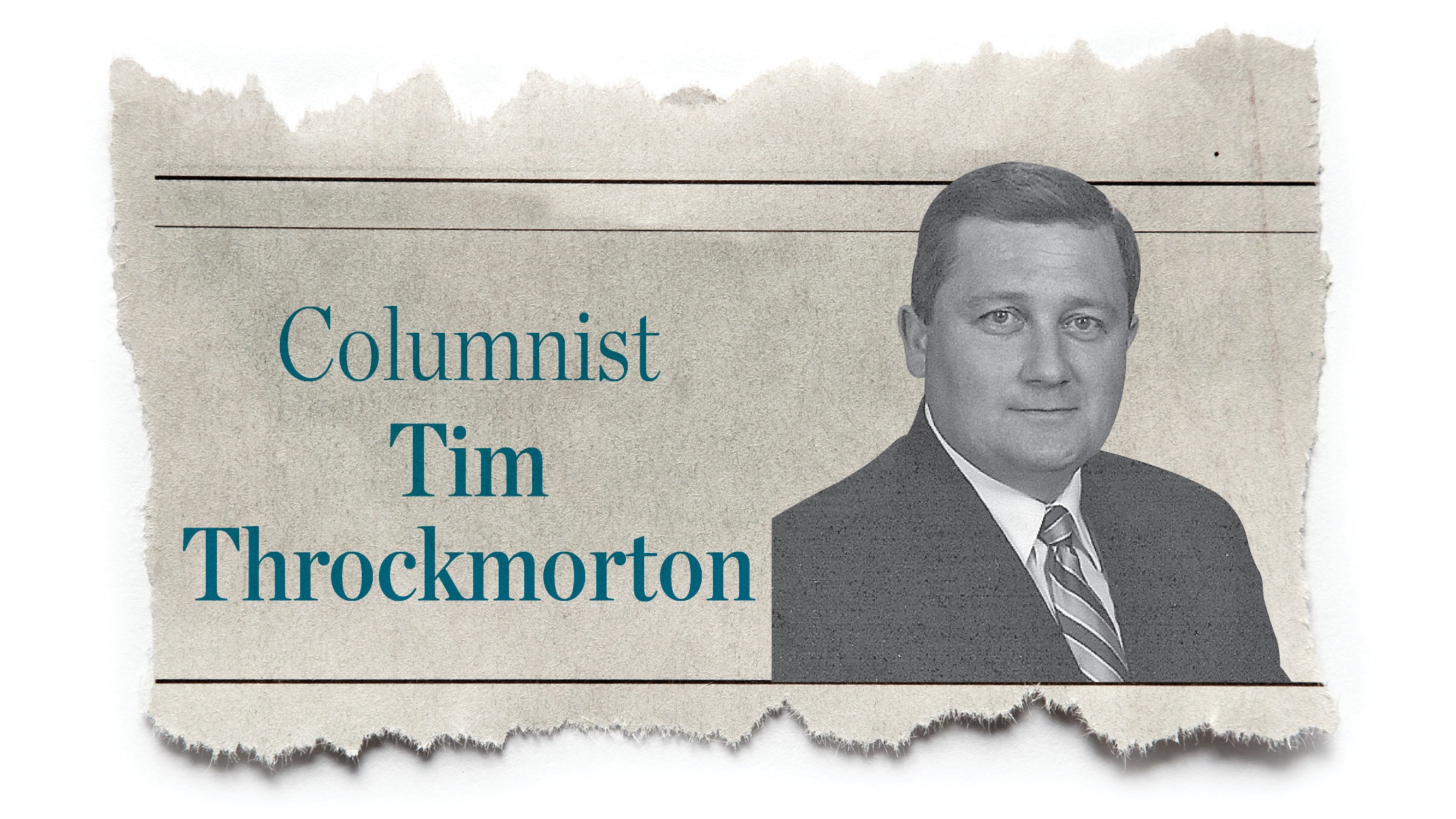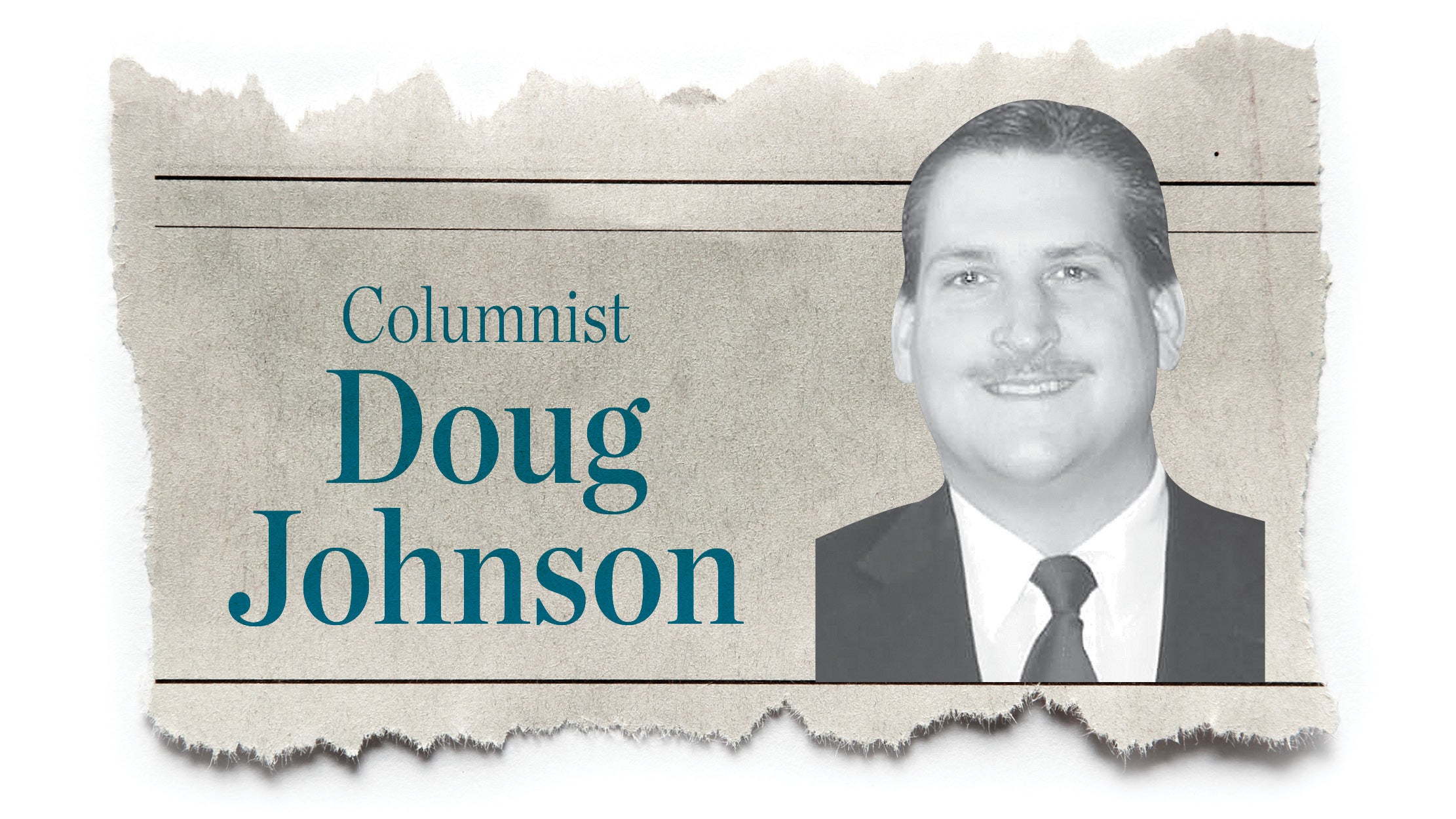Disabled voters: Let voice be heard
Published 10:33 am Thursday, November 3, 2011
I remember the first time I voted in an election. It was exciting and I felt all grown up. In Bluefield, West Virginia, where I was raised, my mother was a businesswoman and owned a hotel which housed a restaurant.
When election time rolled around, the tables and chairs were rearranged in the restaurant, the juke box was moved to the corner, and the place was cleaned from top to bottom to make way for the polling booths.
As a little girl, I didn’t understand the significance of this patriotic act, but knew that it was a special time for my mother to provide a space for voting.
The lines were long and sometimes wrapped outside the building. The neighbors didn’t mind the wait. Civil Rights leaders and activists marched, fought, and died for this right. Everyone was proud to say, “I voted today!”
When I cast my first ballot in the early ‘70s, it was easy. I walked into the booth, filled out my ballot, and placed it in the box.
In the ‘90s, and in subsequent years, voting was almost impossible for me. You see, an injury to my spinal cord created mobility issues which caused me to make use of a wheel chair.
What a challenge.
Polling places had steps, narrow entry ways, no designated parking spaces, and no assistive devices in the voting precincts. Voting became more of a hazard than an advantage. But, that was then.
The year 2006 was the beginning of a new focus on accessibility in voting when the previous Ohio Secretary of State Jennifer Brunner hired Brett Harbage as the office’s first Americans with Disabilities Act (ADA) Coordinator.
Early on Harbage, himself a wheelchair user, visited every polling place in the state to assess its physical accessibility and to make recommendations for changes.
This includes changing entry door handles from round to the lever type, installing ramps where needed, and using temporary paint to mark accessible parking spaces at some places.
In addition, every polling place must have an AutoMark machine that assists voters who have vision impairments, who can’t read, or who might have trouble making marks with a pen.
The Board of Elections in each county works to make voting easy for people with disabilities. They regularly take applications for absentee ballots to nursing homes and will also take a ballot to someone who ends up in the hospital on Election Day, either as a patient or a family member accompanying a patient. All they have to do is call.
To vote early by mail, any registered voter can request an application for an absentee ballot by phone or letter. To vote early in person, a voter may go to the Board of Elections starting 35 days before the election but no later than 6 p.m. the Friday night before the election (Nov. 4).
Whether voting early at home, at the Board of Elections by absentee ballot, or on Election Day at the polls, voters may have help from a person of their choice, except their employer or agent of the employer, an agent of their union, or a candidate whose name is on that ballot.
The voter may also ask for help from the poll workers, of which two representing different political parties will assist. Now, whether I cast my ballot early or roll into a precinct, I can rest assured that the process will not be complicated.
So, it’s convenient and easy for persons with disabilities to vote. People with disabilities vote statistically 20 percent less than the general population. Let’s change that percentage.
If you have a disability of any kind – physical, intellectual, or mental, I urge you to exercise your right and vote.
For more information contact your county Board of Elections or the Ohio Secretary of State’s office toll free at 877-767-6446, email election@ohiosecretaryofstate.gov.
Dr. Carolyn Bailey Lewis is from Athens and is part of the Help America Vote Act Project.





